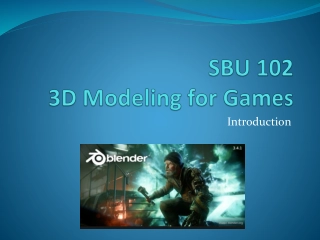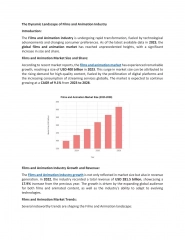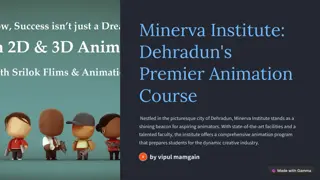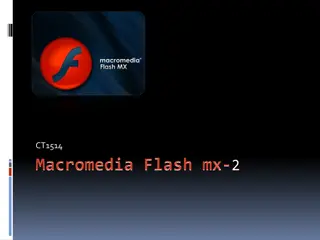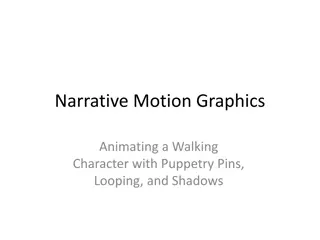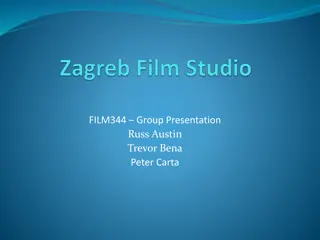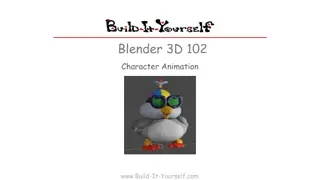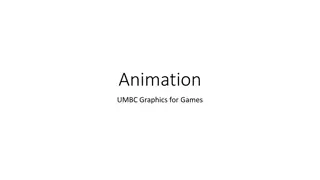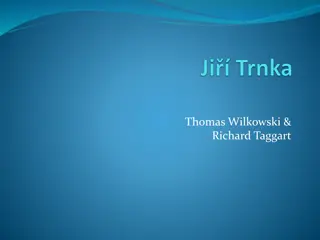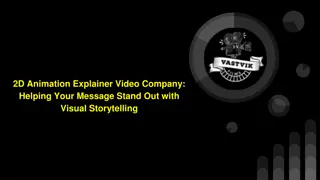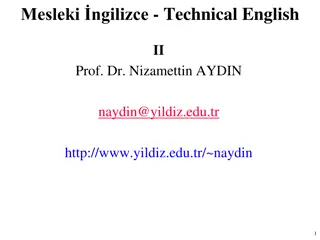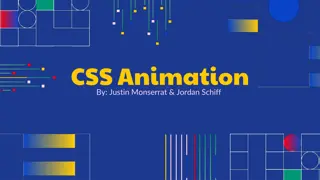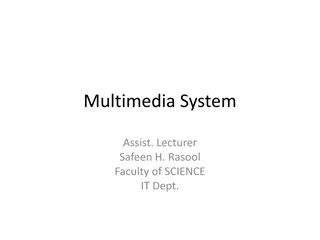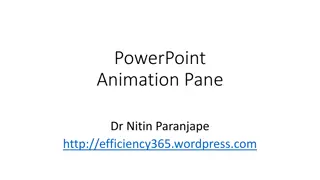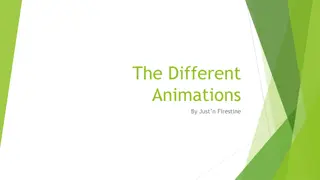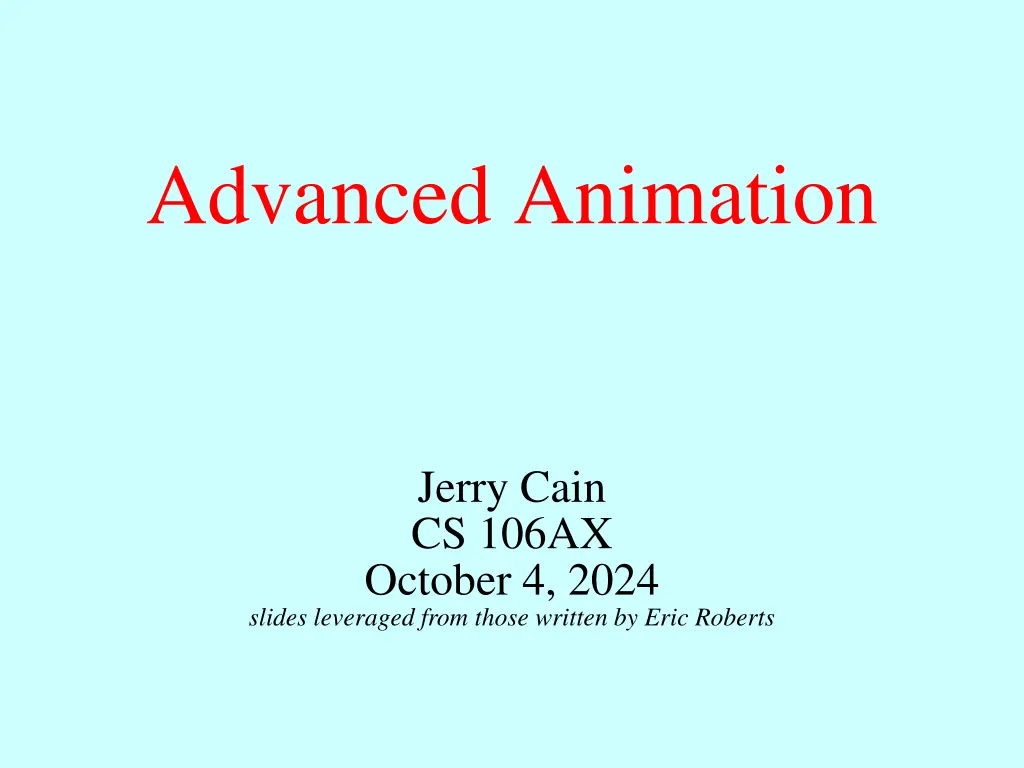
Advanced Animation with GArc Class in Java Programming
Learn about the GArc class in Java programming for advanced animation techniques. Explore how to define arcs, set angles, and create filled arcs using GArc. Practice with exercises to enhance your understanding and create animations like PacMan with dynamic arc movements.
Download Presentation

Please find below an Image/Link to download the presentation.
The content on the website is provided AS IS for your information and personal use only. It may not be sold, licensed, or shared on other websites without obtaining consent from the author. If you encounter any issues during the download, it is possible that the publisher has removed the file from their server.
You are allowed to download the files provided on this website for personal or commercial use, subject to the condition that they are used lawfully. All files are the property of their respective owners.
The content on the website is provided AS IS for your information and personal use only. It may not be sold, licensed, or shared on other websites without obtaining consent from the author.
E N D
Presentation Transcript
Advanced Animation Jerry Cain CS 106AX October 4, 2024 slides leveraged from those written by Eric Roberts
The GArc Class The GArc class represents an arc formed by taking a section from the perimeter of an oval. Conceptually, the steps necessary to define an arc are: Specify details of the bounding rectangle as you would for a full GOval. Specify the start angle, which is the angle at which the arc begins. Specify the sweep angle, which indicates how far the arc extends. The geometry used by the GArc class is shown in the diagram on the right. Angles are measured in degrees starting at the +xaxis (the 3:00 o clock position) and increasing counterclockwise. Negative values for the start and sweep angles signify a clockwise direction.
Exercise: GArc Geometry Suppose that the variables cx and cy contain the coordinates of the center of the window and that the variable d is 0.8 times the screen height. Sketch the arcs that result from each of the following code sequences: let a1=GArc(d,d,0,90); gw.add(a1,cx - d/2,cy - d/2); let a2=GArc(d,d,45,270); gw.add(a2,cx - d/2,cy - d/2); GArcExamples GArcExamples let a3=GArc(d,d,-90,45); gw.add(a3,cx - d/2,cy - d/2); let a4=GArc(d,d,0,-180); gw.add(a4,cx - d/2,cy - d/2); GArcExamples GArcExamples
Filled Arcs The GArc class implements the functions setFilled and setFillColor. A filled GArc is displayed as the pie-shaped wedge formed by the center and the endpoints of the arc, as follows: function FilledEllipticalArc() { let gw = GWindow(GWINDOW_WIDTH, GWINDOW_HEIGHT); let arc = GArc(0, 0, gw.getWidth(), gw.getHeight(), 0,90); arc.setFilled(true); gw.add(arc); } FilledEllipticalArc
Additional Methods for GArc setStartAngle(start) getStartAngle() setSweepAngle(sweep) getSweepAngle() setFrameRectangle(x, y, width, height) Resets the bounds for the frame Sets the start angle for the arc Returns the start angle for the arc Sets the sweep angle for the arc Returns the sweep angle These methods allow you to animate the appearance of an arc. The setStartAngle and setSweepAngle methods make it possible to change the starting position and the extent of the arc dynamically. The setFrameRectangle method changes the bounds of the rectangle circumscribing the oval from which the arc is taken.
Exercise: PacMan Write a program that uses the GArc class to display a PacMan figure at the left edge of the graphics window. Add the necessary timer animation so that PacMan moves to the right edge of the window. As it moves, your program should change the start and sweep angles of the arc so that the mouth appears to open and close. PacMan
Exercise: Stopwatch Write a simple graphics program that places a stopwatch so that it s centered within a graphics window, as with: Stopwatch The stopwatch is stationary until the user clicks the mouse anywhere in the window, at which point the stopwatch s hand rotates at a speed of 360 degrees per minute. When the user clicks a second time, the stopwatch stops, but a third click prompts it to continue as if never interrupted. Our program requires both mouse and timer events!

